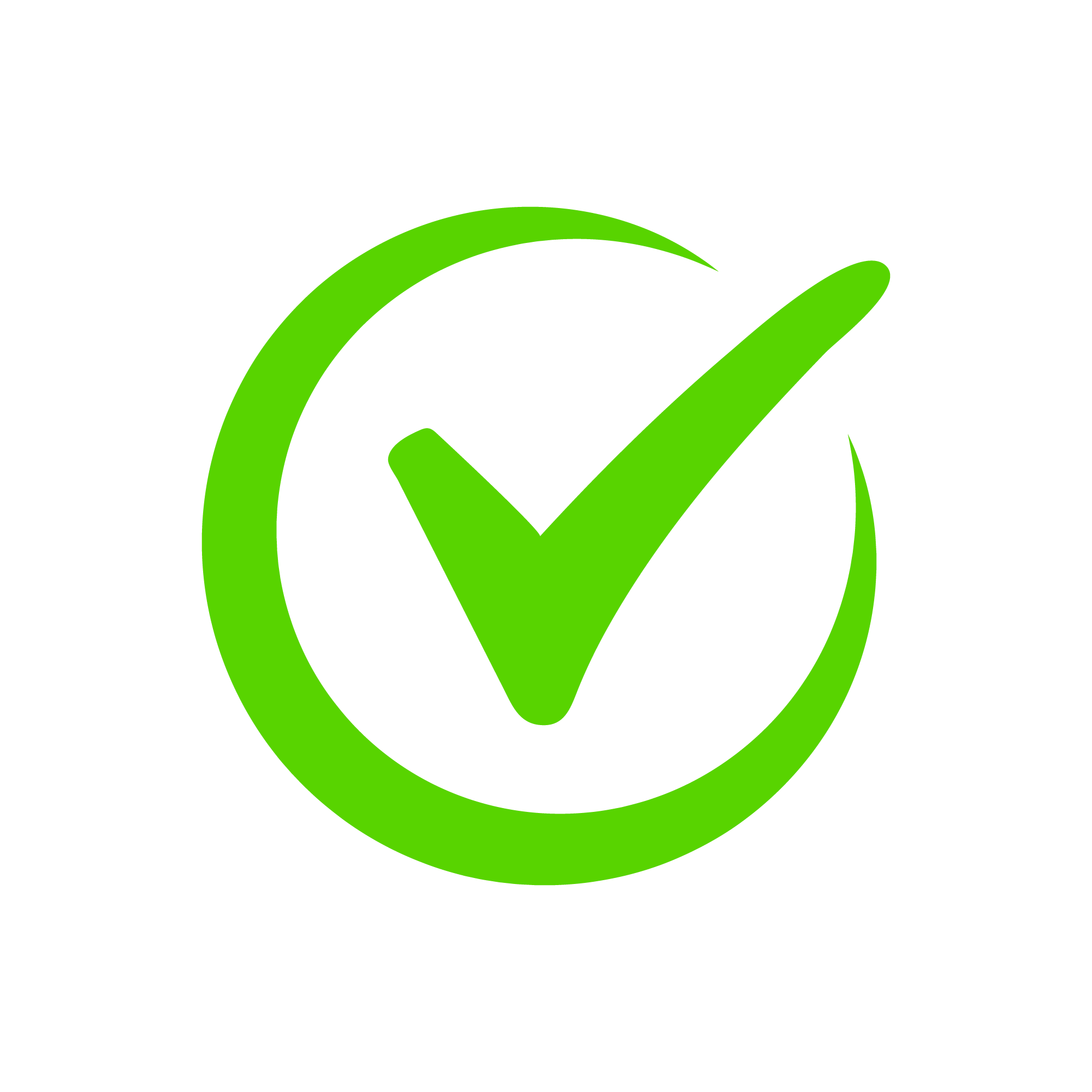

The source of the book
This book is published for the public benefit under a Creative Commons license, or with the permission of the author or publisher. If you have any objections to its publication, please contact us.
Manual of Techniques in Insect Pathology
(0)
Author:
Lawrence A. LaceyNumber Of Downloads:
75
Number Of Reads:
9
Language:
English
File Size:
37.01 MB
Category:
Natural ScienceSection:
Pages:
418
Quality:
good
Views:
1109
Quate
Review
Save
Share
Book Description
Biological Techniques is a series of volumes aimed at introducing to a wide audience the latest advances in methodology. The pitfalls and problems of new techniques are given due consideration, as are those small but vital details not always explicit in the methods sections of journal papers.
In recent years, most biological laboratories have been invaded by computers and a wealth of new DNA technology and this will be reflected in many of the titles appearing in the series.
The books will be of value to advances researches and graduate students seeking to learn and apply new techniques, and will be useful to teachers of advanced undergraduate courses involving practical or project work.
This manual describes the broad array of techniques that are used in insect pathology. It will provide biologists, insect pathologists, entomologists, and those interested in biological control, with the necessary information to work on a variety of pathogen groups.
This book will be an essential laboratory reference for insect pathologists.
Features include:
* Step by-step instructions on how to isolate, identify, culture, bioassay and store the major groups of entomopathogens
* Details of the practical knowledge needed by beginners to apply the techniques
* Chapters written by an international group of experts
* Discussion of safety testing of entomopathogens in mammals and also broader methods such as microscopy and molecular techniques
* Provides extensive supplemental literature and recipes for media, fixatives and stains
Lawrence A. Lacey
Since earning his Ph.D. in 1978, Dr. Lacey has been internationally active working in medical entomology, insect pathology and microbial control of economically and medically important insects. For the first 17 years of his career, he conducted research on the biology and microbial control of several medically important insects. His research on mosquitoes and black flies was conducted in California, the southeastern United States, the Amazon Basin of Brazil and in West Africa for the University of California (1973-1977), Amazon Research Institute (1978-1980), World Health Organization (1980) and U.S. Department of Agriculture, Agricultural Research Service (USDA-ARS, 1981-1985). During his tenure with the Vector Biology and Control Project (1986-1989) he provided technical assistance and training on mosquito biology and control to health workers in nine countries aided by the U.S. government for management of vector-borne diseases. In 1990-1991 Dr. Lacey worked for the USDA-ARS on the biology, pathology and microbial control of the Japanese beetle in the Azores (Portugal). While based in Montpellier, France with the USDA-ARS (1991-1996) he conducted extensive foreign exploration for natural enemies of species of invasive insects that had entered the U.S. In 1996, he returned to the U.S. and implemented a comprehensive insect pathology program for USDA-ARS for control of insect pests of tree fruit and potato in the Pacific Northwest. Basic and applied studies were conducted on the development and use of entomopathogenic nematodes, viruses, bacteria, and fungi for control of codling moth, leafrollers, western cherry fruit fly, Colorado potato beetle, noctuid defoliators of potato, wireworms, potato tuber moth and the potato psyllid.
During his 35 year career he wrote or co-authored 148 refereed journal papers in medical entomology, agricultural entomology and insect pathology, and edited and co-edited 6 books. The inspiration for the Manual of Techniques in Insect Pathology started with an assignment on an island (Terceira, Azores) virtually in middle of the Atlantic Ocean having the need for a variety of new techniques for insect pathogen groups that were new to him. With the help of colleagues and the scientific literature he was able to prepare for and successfully work on biological control of the invasive Japanese beetle. Since then several colleagues have contributed to the comprehensive first and second editions of the field and laboratory-oriented Manuals of Techniques in Invertebrate Pathology.
In 2008 he was designated as a Fellow of the Entomological Society of America and in 2012 was elected as an Honorary Member of the Society for Invertebrate Pathology. He retired from the USDA in January 2011 and has since worked as a consultant and lecturer in microbial control and insect pathology.
Read More
Sorry, this book file is currently unavailable. We're working on a full website update, and the file will be uploaded soon. Thank you for your patience and interest.
Rate Now
1 Stars
2 Stars
3 Stars
4 Stars
5 Stars
Quotes
Top Rated
Latest
Quate
Be the first to leave a quote and earn 10 points
instead of 3
Comments
Be the first to leave a comment and earn 5 points
instead of 3